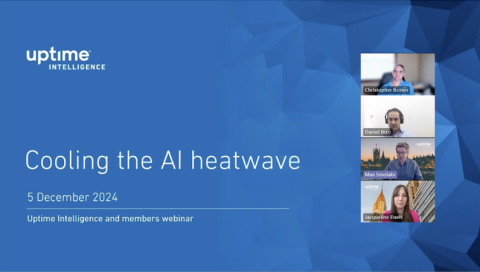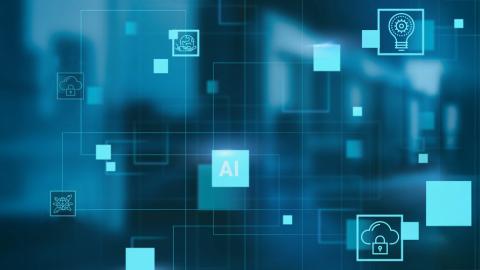How far can we go with air? Uptime experts discuss and answer questions on cooling strategies and debate the challenges and trade-offs with efficiency and costs.Please watch this latest entry in the Uptime Intelligence Client Webinar series. The…
filters
Explore All Topics
This report highlights some of the findings from the Uptime Institute Capacity Trends and Cloud Survey 2024. Findings offer insight into what is driving capacity expansion.
Results from Uptime Institute's 2025 AI Infrastructure Survey (n=1,062) focus on the data center infrastructure currently used or being planned to use to host AI Training and AI Inference, as well as future industry outlooks on the usage of AI. The…
Agentic AI offers enormous potential to the data center industry over the next decade. But are the benefits worth the inevitable risks?
Dedicated AI infrastructure helps ensure data is controlled, compliant and secure, while models remain accurate and differentiated. However, this reassurance comes at a cost that may not be justified compared with cheaper options.
The US government is applying a new set of rules to control the building of large AI clusters around the world. The application of these rules will be complex.
Data center infrastructure management software is widely used but rarely utilized at full potential. Adopting the latest capabilities and optimizations could achieve better resiliency and efficiency.
Uptime Intelligence surveys the data center industry landscape to look deeper at what can actually happen in 2025 and beyond based on the latest trends and developments. The stronghold that AI has on the industry is a constant discussion - but how…
This summary of the 2025 predictions highlights the growing concerns and opportunities around AI for data centers.
Power and cooling requirements for generative AI training are upending data center design and accelerating liquid cooling adoption. Mainstream business IT will not follow until resiliency and operational concerns are addressed.
Uptime Intelligence looks beyond the more obvious trends of 2025 and examines some of the latest developments and challenges shaping the data center industry.
Cloud providers need to win AI use cases in their early stages of development. If they fail to attract customers, their AI applications may be locked-in to rival platforms and harder to move, which can have serious repercussions.
Nvidia's dominant position in the AI hardware market may be steering data center design in the wrong direction. This dominance will be harder to sustain as enterprises begin to understand AI and opt for cheaper, simpler hardware.
In this inaugural Uptime Intelligence client webinar, Uptime experts discuss and answer questions on cooling technologies and strategies to address AI workloads. Uptime Intelligence client webinars are only available for Uptime Intelligence…
The cost and complexity of deploying large-scale GPU clusters for generative AI training will drive many enterprises to the public cloud. Most enterprises will use pre-trained foundation models, to reduce computational overheads.
 Andy Lawrence
Andy Lawrence
 Daniel Bizo
Daniel Bizo
 Jacqueline Davis
Jacqueline Davis
 Dr. Tomas Rahkonen
Dr. Tomas Rahkonen
 Muhammad Naveed Saeed
Muhammad Naveed Saeed
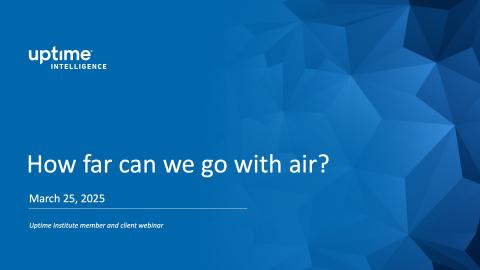
 Rose Weinschenk
Rose Weinschenk
 Douglas Donnellan
Douglas Donnellan
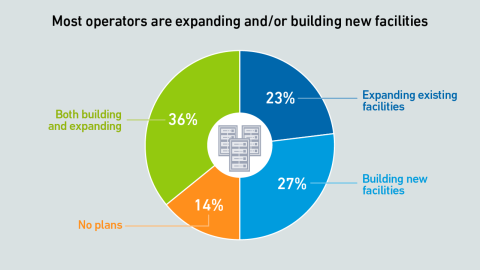
 Paul Carton
Paul Carton
 Anthony Sbarra
Anthony Sbarra
 Laurie Williams
Laurie Williams
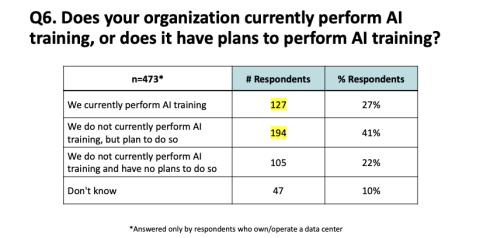
 John O'Brien
John O'Brien
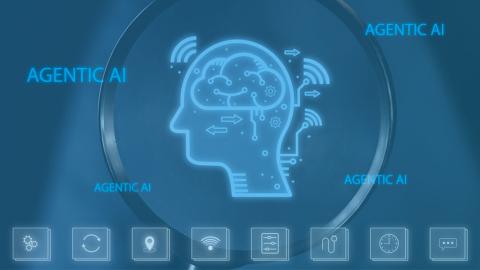
 Dr. Owen Rogers
Dr. Owen Rogers

 Peter Judge
Peter Judge
 Max Smolaks
Max Smolaks
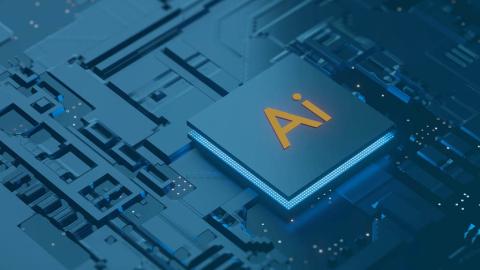
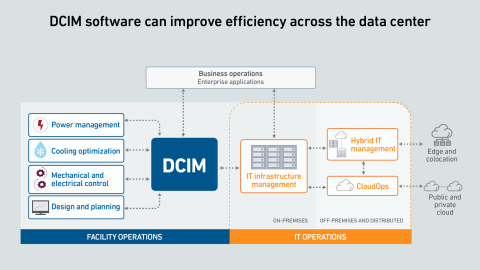






 Chris Brown
Chris Brown
